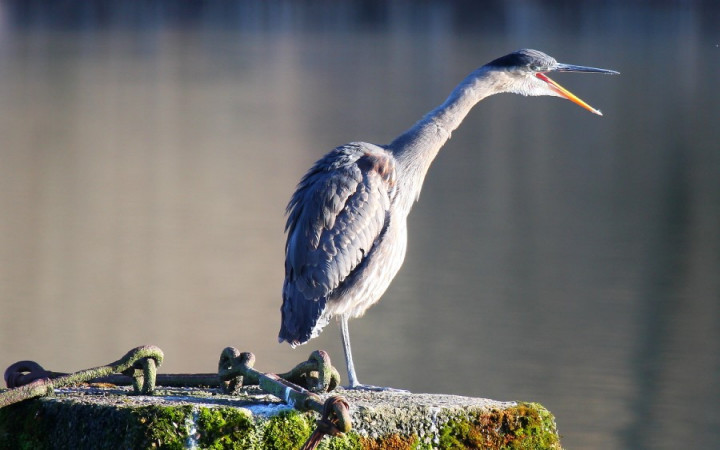Have you ever been playing in your backyard or a park and noticed a bird's nest in a tree? The thought of baby birds chirping in their little nest can be too precious to ignore. It's only natural to be curious, right?
But as you approach the tree to get a closer view of the nest, you're greeted by a sharp “Squawk!" That's right! It's the mother bird letting you know not to get any closer.
If you take a walk through a forest, you're also likely to hear a whole variety of squawks, songs, and bird calls. What's up with all the noisy birds? Are they just making noise for the fun of it? Or are they communicating?
All those bird sounds you hear are definitely forms of communication. Most birds tend to communicate vocally, although some are much more vocal than others. One of the most common forms of bird communication is a call note. In small birds, call notes may sound like chirps. In larger birds, call notes may sound like squawks.
Each species of bird uses a variety of call notes to communicate different messages. For example, one common message birds convey via call notes is to alert other birds to the presence of potential danger.
Many birds are advanced enough to tailor their call notes to identify the particular type of danger at hand. For example, a bird might use a certain call note to warn of potential danger from above, such as from an airborne predator like a hawk or an owl. That same bird might use a completely different call note to warn of danger from the ground, such as from a cat.
Of course, call notes — and even songs! — can be used to communicate many other types of messages. Some examples of messages birds convey through sounds include:
- finding, attracting, or impressing mates
- claiming or defending territory
- identifying family members amongst a flock
- sharing information about food sources
Birds also communicate through behavior. For example, you may have seen peacocks dance and strut and proudly display their beautiful feathers. Were they trying to impress you? Nope! But they were probably trying to impress nearby peahens to attract a mate!
Birds who feel threatened may also flap their wings wildly or attack a perceived intruder to defend their young or territory. So the next time you approach a bird's nest thinking you might find some cute baby birds, just be aware that their mother might do more than squawk at you!
Birds aren't the only animals that talk when they squawk, though! Meow! Woof! Moo! Quack! You've probably heard these and many other animal sounds. But what are they saying?
Prairie dogs, for example, have the ability to call out different yelping alarms to warn others about a predator. They are even known to describe the color and shape of a predator with their yelps! Other land mammals express themselves by singing, barking, howling, and growling.
What about ocean animals? Can they speak to one another under the sea? You bet! Dolphins can communicate using higher frequency whistles. Humpback whales also use repetitive sounds at different pitches to communicate with each other.
Sounds and "speaking" to each other isn't the only way animals communicate. Some animals use movement, chemicals, even changing the color pattern of their skin to communicate with each other. So, next time you see animals doing a funny dance or making weird noises, they actually might be having a conversation. What do you think they're saying?




